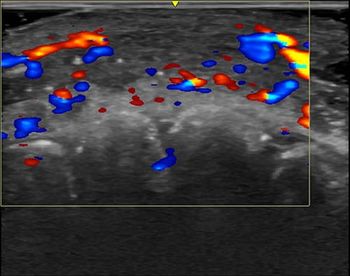
Philips' 'Boris Platform' moves in as new ultrasound architecture
Technology will not replace HDI or SonosPhilips is preparing a new technology platform upon which to base future ultrasound systems. Dubbed the Boris Platform, it is not a physical system but rather a fundamental architecture that
Technology will not replace HDI or Sonos
Philips is preparing a new technology platform upon which to base future ultrasound systems. Dubbed the Boris Platform, it is not a physical system but rather a fundamental architecture that can be used to support other systems and features in the future, according to Terrence J. Sweeney, Philips vice president of corporate quality and regulatory affairs.
"We are developing capabilities-the hardware, software interfaces-not a new product, like something you would wheel down a hallway," he said. "It will evolve into products later on."
Boris will not replace either of Philips' current major product platforms, the radiology-oriented HDI or cardiology-oriented Sonos. Boris simply gives Philips an additional technology with which to advance the state of the art, according to Sweeney.
R&D engineers with a penchant for Saturday morning cartoons (e.g., moose and squirrel) apparently named the technology platform, which cleared the FDA in March (SCAN 5/14/03). Its development and the decision to submit it to the FDA were not so frivolous. The 510(k) submission, according to Sweeney, is intended to establish a technical file to which FDA reviewers can refer when evaluating future filings regarding this architecture.
"Due to the innovative nature of the Boris technology, we started working early with the FDA to assure their medical device review requirements could be met," he said. "By obtaining this first clearance, a regulatory pathway has now been established supporting the development of new ultrasound applications."
If all goes according to plan, this will have been the first of many Boris submissions, Sweeney said, with each new one offering an expanded capability.
"We plan to use this as a 510(k) platform from which to launch things," he said. "It's designed to help us get things cleared more rapidly."
Newsletter
Stay at the forefront of radiology with the Diagnostic Imaging newsletter, delivering the latest news, clinical insights, and imaging advancements for today’s radiologists.




























